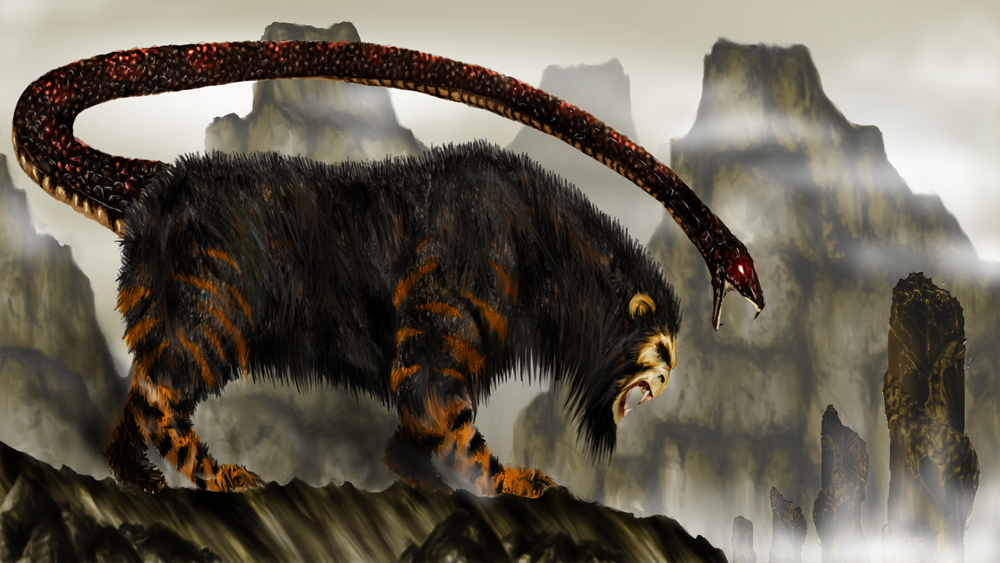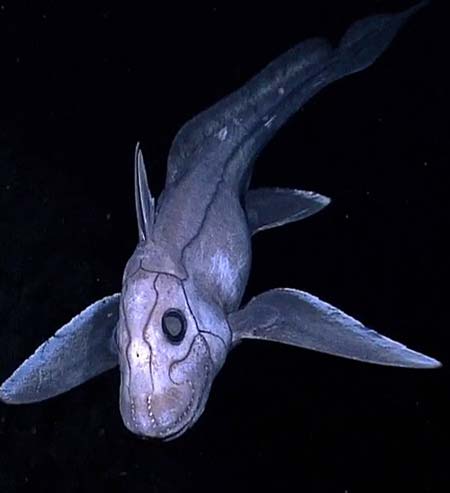
francisci and Squalus acanthias are considered dangerous. Description : Citation: Chimaera monstrosa Linnaeus, 1758: In: Database of modern sharks, rays and chimaeras, World Wide Web electronic publication, Version 01/2023.


The sharks Heterodontus portusjacksoni, H. Scientists have been finding specimens of the strange since the 1960s. The species Chimaera monstrosa, Hydrolagus affinis and H. Ghost sharks can grow up to 150 cm (4.9 ft) in length and can live for up to 30 years. It may be serrated at the back and is surrounded by glandular tissue. The elongated venomous spine is located in front of the first dorsal fin. They have an angular outline with a large head, sometimes with a pointed, elongated snout, which is joined to a tapered body. In contrast to sharks and rays, their upper jaws are fused with their skulls. Envenoming may occur in fishermen through careless handling of these sharks.Ĭhimaeras, rarely more than 1.5 m in length, are bottom-dwelling fish that live in deep water. Several species of Dogfish sharks also have spines, but only in Squalus acanthias do they appear to be associated with toxic secretions. Also called chimaeras, ghost sharks are dead-eyed, wing-finned fish rarely seen by people. It is not clear whether all species possess venom. These spines are anchored to the dorsal tissue at their base and are surrounded by glands. Including the tail, they can grow up to 150 cm (4.9 ft) in length. The venom apparatus consists of a spine-like process just anterior to each of the dorsal fins. Chimaeras are soft-bodied shark-like fish with a bulky head and a long tapered tail. Like Dogfish sharks, they are found in shallow water and deeper zones of coastal regions. Sharks and chimaeras, together with the rays, form the class of cartilaginous fishes ( Chondrichthyes).īullhead sharks are smaller sharks, rarely over 1.5 m, with a chunky, high head. The second dorsal fin is spineless.Ĭhimaeras are found on the ocean floor and use their grinding tooth plates to eat clams, fish, and crustaceans.2. They must eat 20-30 kg of plankton a day, which is only about 2 of their total body weight. Female chimaeras have a dent in their heads that the hook fits into! Chimaeras have two dorsal fins. They have one grasper with a hook on it on their heads that they use to catch a female. Today, chimera are mostly small, bottom-dwelling fish that use thick plates to grind their food. They have two graspers on their pelvis that they use when they are mating. It's closer to a shark relative called a chimera. They have one pair of grinding tooth plates in their lower jaw and two pairs of grinding tooth plates in their upper jaw that stick out of their mouth like a rabbit's teeth! They have thick bodies that taper to a long, thin rat-like tail. Chimaeras don't have sharp teeth like sharks. They propel themselves through the water by flapping their large pectoral fins like wings. They have four gill slits, smooth skin, large heads, and big eyes. Chimaeras seem to be a combination of lots of different animals! Like sharks and rays, they have cartilage instead of bone. Chimaeras are sometimes called ghost sharks or ratfish. Most species are found in deep ocean waters. Chimaeras are found in temperate ocean waters around the world.

There are so many deep-sea animal species left to find here on Earth. There are around 30 species in this order of fish. On the off chance that we see, seas and oceans are the most unfamiliar spot on the Earth.


 0 kommentar(er)
0 kommentar(er)
